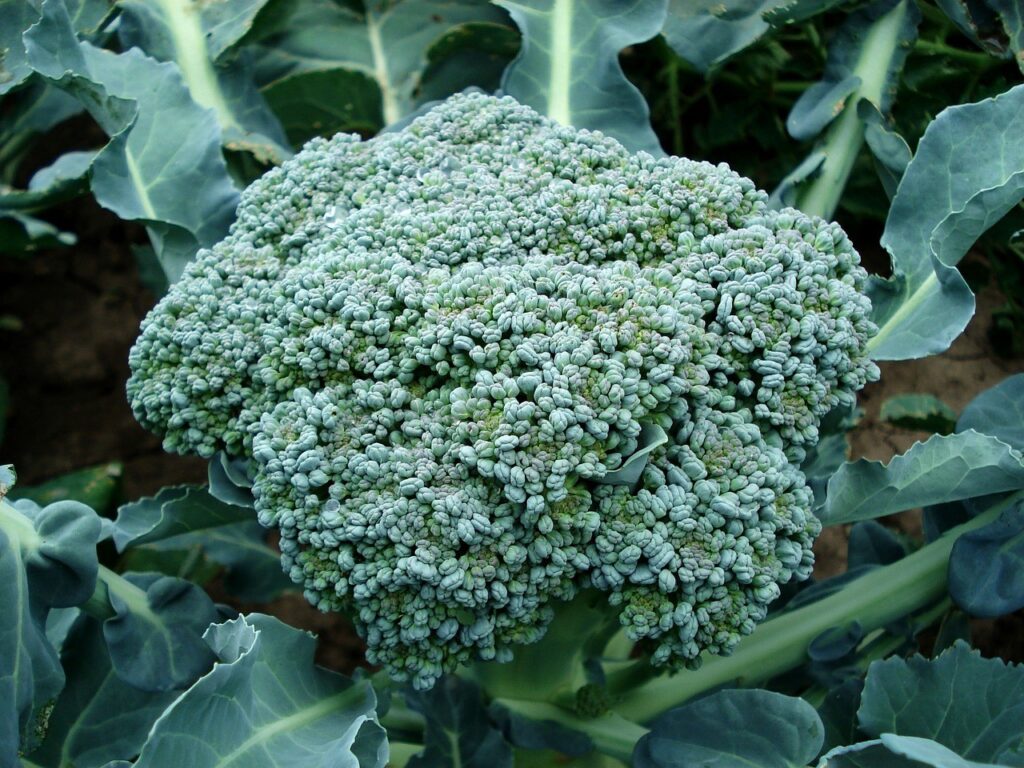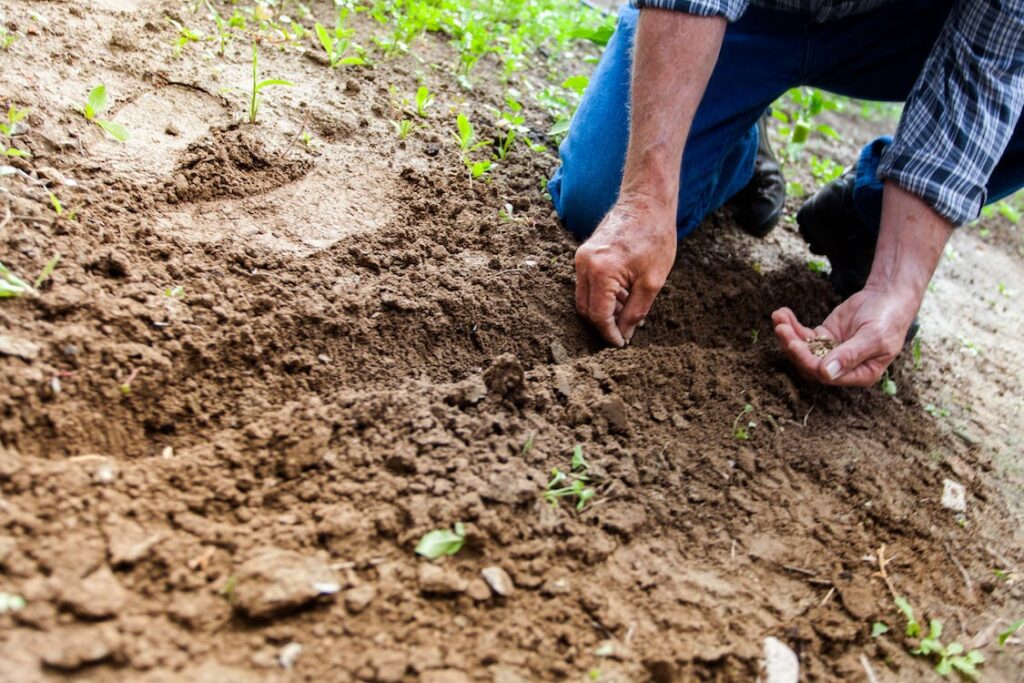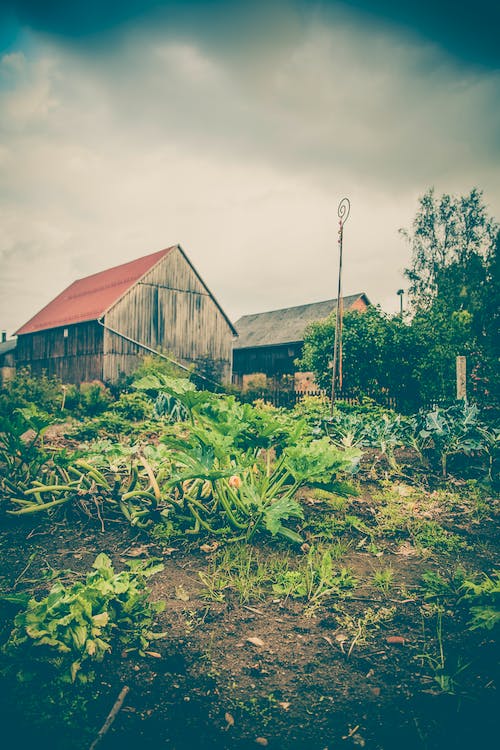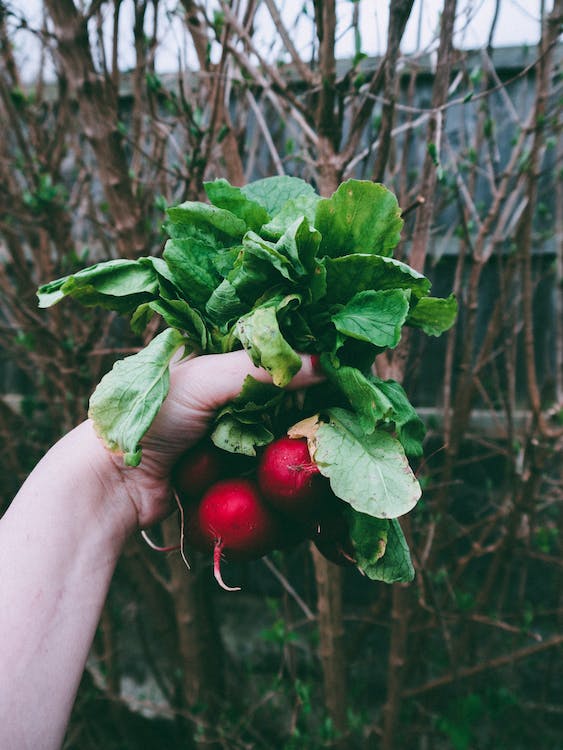“Fertility of the soil is the future of civilization.”
– Albert Howard
In the first article of this series on permaculture, we covered how to get started with your sustainable, nature-based, balanced garden and the ideology and methodology behind it. We also stressed the usefulness of learning the method wherever you are to successfully apply it elsewhere in a bug-out situation.
In this second part, we will dig further into the practical steps that can make this happen.

Food Forests
If we observe plants in nature, we will notice that they grow in a layered structure. The tallest trees form a canopy, shrubs and herbaceous plants cover the ground, and climbing plants grow vertically in between.
By replicating this structure, you can actually make the most of the horizontal space you have, and you are able to increase the productivity of a given plot of land. This system is called a “food forest.”
Also called a forest garden or edible forest, the food forest makes for multipurpose as well as multifunctional cultivation. Wood trees, fruit plants, medicinal herbs, and vegetables live in synergy and total compatibility with local plants and animals.
The structure of a food forest is very simple. Fruit trees are above, while below there are edible berry shrubs, perennials and annuals. You can build your own food forest in a corner of the garden or in extended areas of the yard. You can even convert an existing forest or orchard.
Food forests can provide a great way to produce food using very little energy. By living in strict collaboration, they create the proper environment to establish an ecosystem capable of achieving high food production with less maintenance.
Elements of Forest Garden Structure

Soil Protection
Nature favors the growth of plants to protect the soil, respecting an alternation of seasons and ecosystem succession, which never leaves the ground bare. If you stagger planting times so that new plants are planted directly following the old ones, you can have harvests all season while making sure you have no empty spaces in the garden at any time.
Edge Effect
According to the edge effect, margins are some of the most productive places. If you want to take advantage of this, you can always opt for the creation of beds with curved edges, or smaller rectangular ones, to create more perimeter.
Microclimate
“Out of the long list of nature’s gifts to man, none is perhaps so utterly essential to human life as soil.”
– Hugh Hammond Bennett
Plants which grow within and atop one another create differences in terms of temperature, shade, and humidity compared to the surrounding area, forming their own microclimate.
By growing several species of plants closely together, the plants protect each other from the elements, thus ensuring them a better life, and, on a large scale, establishing a more resilient garden.
Vertical Development
In recreating the structure of nature, you need to use your vertical space wisely by planting, for example, vines like arctic kiwis using pergolas, trellises, arches, or fences.
Other good vining crops include:
- pumpkin
- eggplant
- melon
- zucchini
- loofah
- peas
- green bean
- cucumber
- tomato
- winter squash
- summer squash
- cantaloupe
- gourds
- nasturtium
- hops
Maximizing the productivity of your space is always a wise choice. The more space you have, the more you can plant, but if you don’t have much space, you need to learn how to manage your vertical space to optimize it without reducing the necessary soil and light to other vegetables.
Water Gardens
Aquatic ecosystems are the most productive and multipurpose. Often badly underrated, they can actually be used for the cultivation of some edible aquatic plants: lotus, water chestnut, arrowhead, Vietnamese coriander and many others.
The presence of aquatic or amphibious fauna can help them to grow faster and healthier. Additionally, the presence of ponds means ducks, intended as small game to resort to.
Last but not least, a pond can be also used to collect water that has been filtered by the ground and aquatic plants.
Planning Your Permaculture Garden

“Man and man’s earth are unexhausted and undiscovered. Wake and listen! Verily, the earth shall yet be a source of recovery. Remain faithful to the earth, with the power of your virtue. Let your gift-giving love and your knowledge serve the meaning of the earth.”
– Friedrich Nietzsche
Planning, designing and committing to the creation of your permaculture garden takes a lot of time and energy. For this reason, the best way to make your garden is a little at a time, starting with a small area and adding as you go. You will be amazed by the results you will achieve in even a few months.
First of all, get a clear idea of the dimensions of your garden or food forest.
Then, onto the details. You will need to think about the following points:
- availability of water
- soil type
- space for the roots
- the actual size of the plants
- tools you need to maintain it
- light exposure
- wind
- proximity to your house and/or other buildings
- timeline of planting
- determination of pros and cons of the space you are working on
Next, you will have to consider its maintenance. You can actually involve your family members here, assigning daily duties. (Take into account that a fully developed food forest will need much less maintenance than a garden set inside an urban environment, which also needs to be protected from pollution and possible theft.) Luckily, food forests do not need to be watered, pruned or fertilized! Because of their symbiotic arrangement, they will take care of themselves in their natural cycles.
Planting Timeline
By adopting a modular design, you will be able to replicate the units when the time goes by.
In this way, you can extend your “pioneer” experimental plot to other parts of your garden.
It is all about modularity, after all.
When creating each new portion of your garden, you need to know the order in which to develop. By setting priorities according to the size of the elements, you will place the large elements in the project first and then develop the others around them.
For instance, while you are planning a food forest, first of all you have to consider that the trees must come first and then the irrigation system must be installed. Subsequently, progressively smaller plants should be planted around the trees and irrigation pipes. Smaller elements such as plants covering the ground are planted last.
This approach is pretty logical. You cannot dig holes large enough to contain a tree or install an irrigation system in beds already full of small plants. Doing this in the wrong order can be one of the most burdensome and time-consuming practices, especially if you can’t afford to overexploit the resources you have.

Conclusions
“Each such cycle is a unique event; diet, choice, selection, season, weather, digestion, decomposition and regeneration differ each time it happens. Thus, it is the number of such cycles, great and small, that decide the potential for diversity. We should feel ourselves privileged to be part of such eternal renewal. Just by living we have achieved immortality – as grass, grasshoppers, gulls, geese and other people. We are of the diversity we experience in every real sense.
If, as physical scientists assure us, we all contain a few molecules of Einstein, and if the atomic particles of our physical body reach to the outermost bounds of the universe, then we are all de facto components of all things. There is nowhere left for us to go if we are already everywhere, and this is, in truth, all we will ever have or need.“
– Bill Mollison
You will manage the work of building a vegetable garden from scratch by breaking it down into small manageable parts, one plot at a time.
In such a way, you will get a determined project to guide every effort/have a project already in effect to motivate you and to guide your future efforts. Experience will do the rest!
In fact, nothing strengthens knowledge better than its practical application, especially in the perspective of attaining self-sufficiency and the ability to replicate it elsewhere, not just on your current property.
